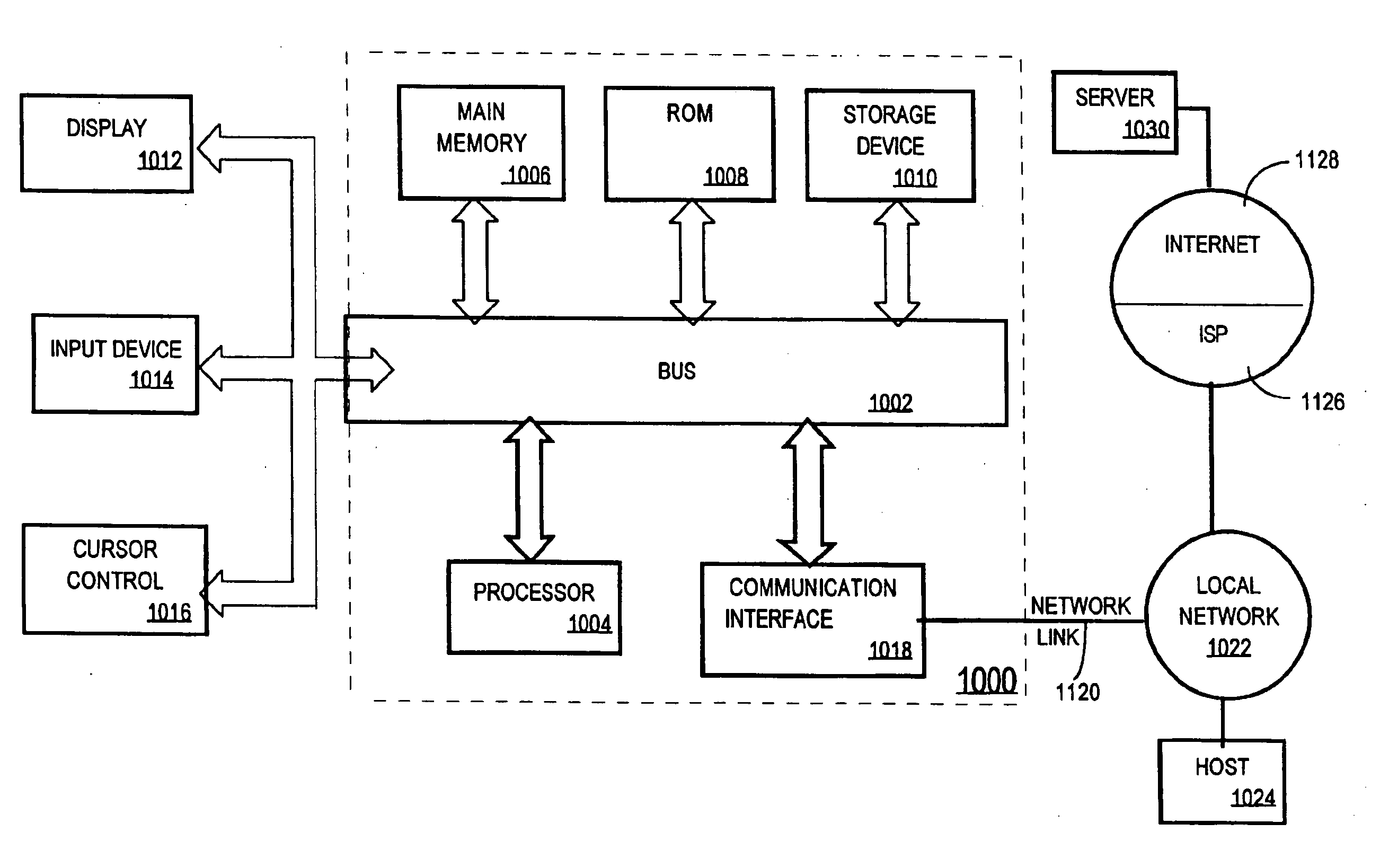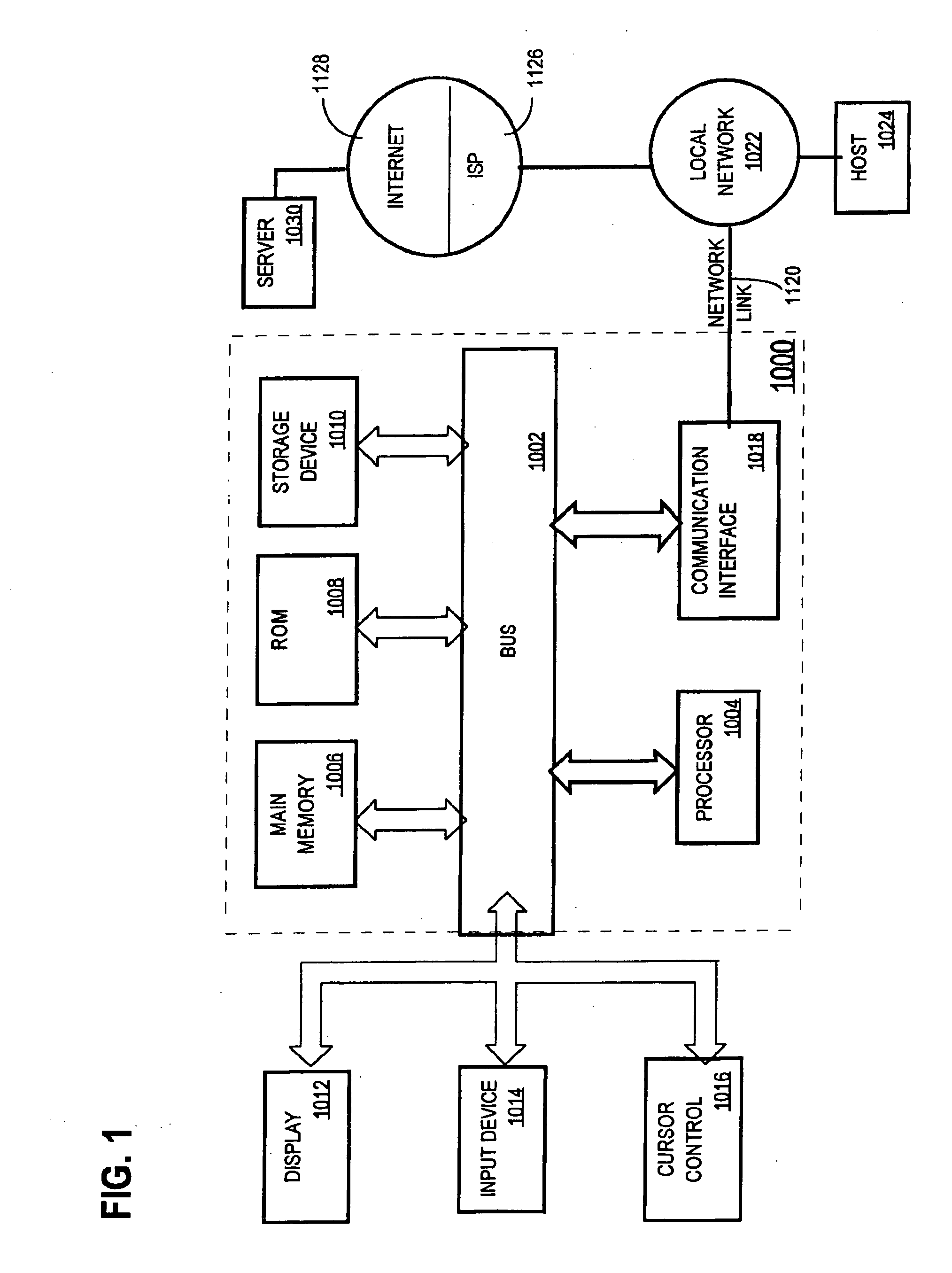Identification of false ambiguous roots in a stack conservative garbage collector
a garbage collector and ambiguous root technology, applied in the field of memory management in the computer, can solve the problems of excessive memory page thrashing, long process execution delay, and several problems in the tracing approach
- Summary
- Abstract
- Description
- Claims
- Application Information
AI Technical Summary
Benefits of technology
Problems solved by technology
Method used
Image
Examples
Embodiment Construction
[0030] In the description that follows, the present invention will be described in reference to embodiments that perform memory management analysis for conservative stack garbage collectors. An exemplary garbage collector will be described in order to aid in understanding the invention. However, embodiments of the invention are not limited any particular architecture, environment, application, or implementation. For example, the invention may be advantageously applied to other garbage collector implementations. Therefore, the description of the embodiments that follows is for purposes of illustration and not limitation.
HARDWARE OVERVIEW
[0031]FIG. 1 is a block diagram that illustrates a computer system 1000 upon which an embodiment of the invention may be implemented. Computer system 1000 includes a bus 1002 or other communication mechanism for communicating information, and a processor 100 coupled with bus 1002 for processing information. Computer system 1000 also includes a main ...
PUM
 Login to View More
Login to View More Abstract
Description
Claims
Application Information
 Login to View More
Login to View More - R&D
- Intellectual Property
- Life Sciences
- Materials
- Tech Scout
- Unparalleled Data Quality
- Higher Quality Content
- 60% Fewer Hallucinations
Browse by: Latest US Patents, China's latest patents, Technical Efficacy Thesaurus, Application Domain, Technology Topic, Popular Technical Reports.
© 2025 PatSnap. All rights reserved.Legal|Privacy policy|Modern Slavery Act Transparency Statement|Sitemap|About US| Contact US: help@patsnap.com



